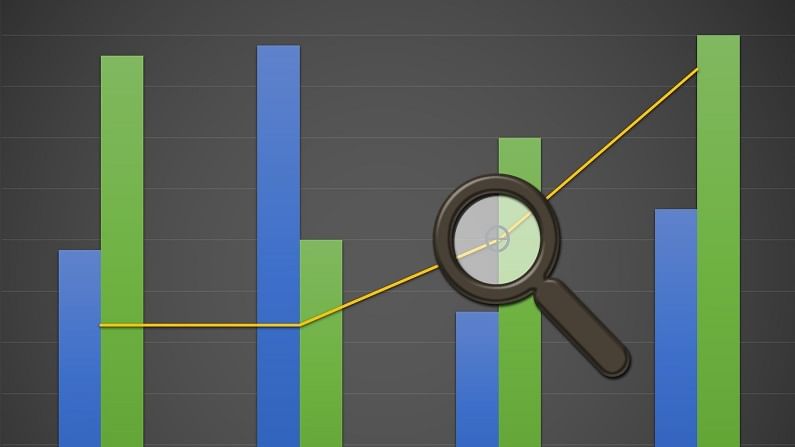SBI MF launches Balanced Advantage Fund; should you invest?
Balanced advantage funds invest in equity and debt instruments both, and keep modifying their asset allocation based on the market valuations

Balanced advantage funds (also called Dynamic Asset Allocation funds) are a decent substitute for risk-averse investors who do want equity exposure but volatility scares them. The top performers in the category — HDFC Balanced Advantage Dir, Franklin Dynamic Asset Alloc FoF Dir, Axis Retrmnt Svngs Fund – Dynamic Plan Dir and Edelweiss Balanced Advtg Dir – have rallied anywhere between 43% and 45% over the period of one year.
Balanced advantage funds (BAF) invest in equity and debt instruments both, and keep modifying their asset allocation based on the market valuations.
The latest in the segment is from SBI Mutual Fund that will launch SBI Balanced Advantage Fund. The new fund offering (NFO) opens today and will close on August 25. The fund will track CRISIL Hybrid 50+50 – Moderate Index TRI. It would manoeuvre across Equity for long-term wealth creation and Fixed Income to provide stability to the overall scheme portfolio.
What is different about this offering is that the fund manager will have complete flexibility to navigate across asset classes in the range of 0-100% on the basis of several parameters, such as valuations, earnings drivers, sentiment indicator, and the opportunity to generate higher alpha.
“Most balanced advantage funds keep their equity and debt allocation in the range of 30-80%, but here it is 100%. Why is it a balanced fund then? It could well be a flexicap fund. What I feel is they do have liberty to make it 100%, but they won’t do it,” says Pankaj Mathpal, Founder & MD at Optima Money Managers.
Talking about the fund, Vinay M. Tonse, MD & CEO says SBI BAF is an all-weather fund that works across market valuations. “Our major focus is on mitigating the draw-down and volatility risk,” says Tonse.
“The key differentiator for SBI Balanced Advantage Fund is, this is the only scheme in its category (currently at 14) to have an embedded Systematic Withdrawal facility. This embedded feature is a great facilitator for availing tax efficient periodic payouts on the backdrop of dividend option becoming unattractive due to prevailing tax laws,” he adds.
What investors should know
It is to be noted that systemic withdrawal facility can be availed in all schemes from different fund houses. In case of SBI BAF, it is embedded. Under this facility, investors will have the option to withdraw fixed percentage of the cost of investment or any specified amount to meet their regular cashflow needs at various frequencies.
Giving a ballpark asset allocation, Tonse adds that the scheme will invest 40% in equity 25% in arbitrage and 20-25% in fixed income. The scheme will be taking exposure in international equities and Real Estate Investment Trusts (REITs), Infrastructure Investment Trusts (InvITs).
According to Mathpal one may give a pass to the NFO and consider it only after assets have been deployed. “Since it is an NFO, the concern is you don’t know in which stocks the funds will be invested – whether midcap, smallcap or largecap or value or growth. If you have to go for BAF, consider existing funds for now,” says Mathpal.
“SBI MF already had a Dynamic Asset Allocation Fund which they merged with SBI Debt Hybrid Fund in July. Now they are offering a similar fund with fresh marketing,” he adds.